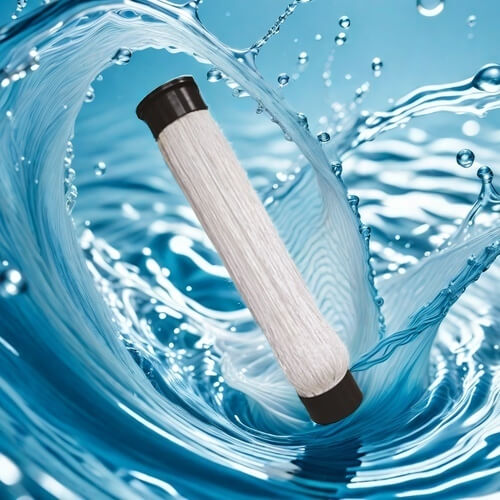Common chemical wastewater treatment technology solutions
There are various technical solutions for chemical wastewater treatment, which can be mainly divided into physical methods, chemical methods, and biological methods. Here are some commonly used processing techniques and methods:
Physical processing methods
Grille and sieve filter: used to remove large suspended particles in wastewater.
Centrifugation and clarification: Separation of suspended solids by centrifugal force or gravity.
Membrane separation: Using technologies such as ultrafiltration and nanofiltration to remove organic matter and suspended solids from water, it can effectively remove over 95% of pollutants
Air flotation method: By introducing bubbles to make suspended matter float up, it is removed.
Chemical treatment methods

Neutralization method: mutual neutralization of acid-base wastewater, commonly used methods include acid-base wastewater mutual neutralization method, filtration neutralization method, etc
Precipitation method: By adding coagulants to precipitate dissolved substances, it is commonly used to remove heavy metal ions.
Redox reaction: using oxidants such as chlorine or ozone to treat wastewater containing organic pollutants
Advanced oxidation method: suitable for high concentration, difficult to degrade organic wastewater, treated by means of high temperature, high pressure, or catalysts
Biological treatment methods
Aerobic biological treatment: using microorganisms to degrade organic matter in an aerobic environment. Common techniques include activated sludge process and biofilm process
Anaerobic biological treatment: suitable for high concentration organic wastewater, which decomposes organic matter through microorganisms under anaerobic conditions.
Comprehensive processing plan
In practical applications, comprehensive processing solutions are often formed by combining multiple technologies. For example, physical methods can be used to remove large particulate pollutants first, and then chemical or biological methods can be used to further reduce the pollution load in the water. This comprehensive approach can improve processing efficiency and reduce costs.
